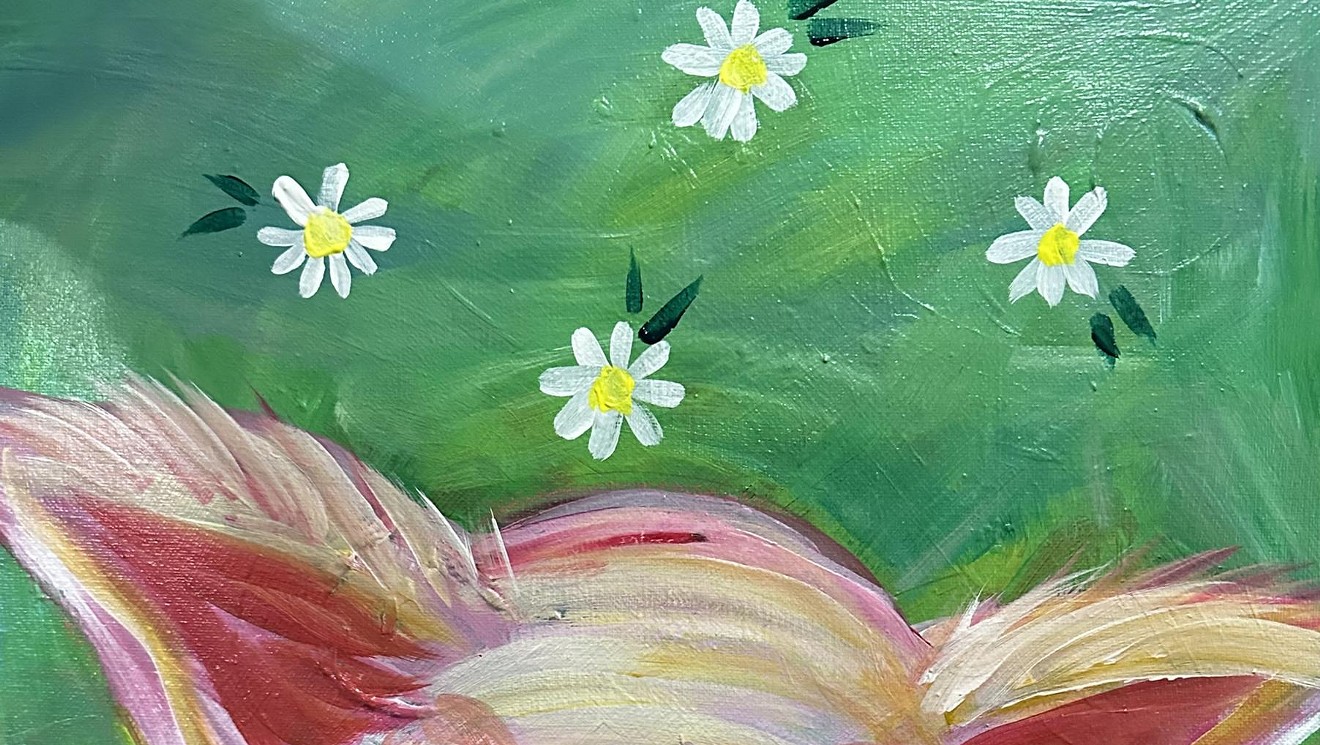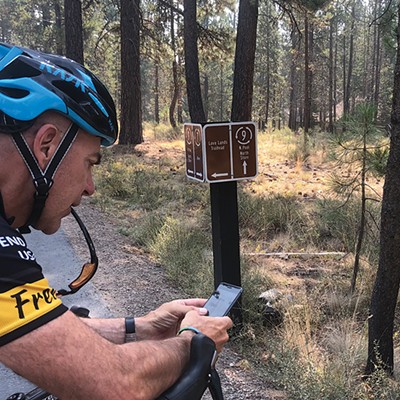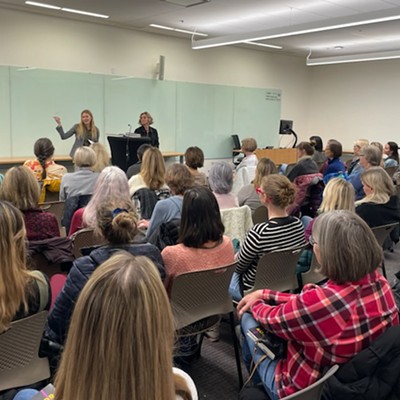The first time I encountered the anonymous graffiti artist named Banksy was last summer in my then neighborhood of Williamsburg, Brooklyn. He had graffitied a two-story-high piece on the side of a brick building, depicting a man using a remote control to force a giraffe to paint the word "VANDAL." This piece, like so many of Banksys' and other famous graffiti artists' pieces, became a source of neighborhood pride. The image still remains today.
Here in Central Oregon, graffiti often evokes a much different reaction from the community. Graffiti artists are seen as nuisances as well as, well, vandals. Indeed, graffiti causes thousands of dollars of damage to public property every year in Bend. The most popular targets are rail cars, bridges and public buildings.
Graffiti is, by definition, the act of drawing on property that is not your own, and is usually political or self-promoting in nature. It is not a new phenomenon. The earliest forms of the art include cave paintings and pictographs. Graffiti gained popularity as a fine art form in the 1980s with the infusion of graffiti in hip-hop culture. Promoted by famous icons like Andy Warhol and Debbie Harry, graffiti catapulted artists like Jean-Michel Basquiat, Fab 5 Freddy and Skeme to fame and notoriety.
Last Wednesday, the Deschutes Public Library chose graffiti as the latest subject for their monthly Art Envy workshops. Entitled "Art Envy: Graffiti Art of Jean-Michel Basquiat and Banksy," the workshop included a short history on graffiti and the work of these two famous artists, as well as a tutorial on how to create graffiti-like art using stencils and watercolor paints.
Local artist Paula Bullwinkel runs these popular workshops along with Lisa McGean of the Deschutes Public Library. Previous Art Envy workshops have included Frida Kahlo, Matisse and Klimpt. These popular hands-on instructional sessions include a short history of the artist and style, and a short workshop on how to create your own art in each style.
"Graffiti can really hold on its own compared to more traditional art," says Bullwinkel. "[Graffiti] includes a broad range of styles, from Basquiat, to Banksy. The museums and galleries in the cities are beginning to agree with that, and most have for a while."
The workshop provided an opportunity for community members not only to share their passion for graffiti as art, but also to participate in making tags of their own. In the graffiti workshop, Bullwinkle showed students how to make graffiti-inspired art using stencils, watercolors and markers. As someone who has held a can of spray paint once or twice, it was nice to be able to create graffiti-style art in a safe place.
However, at its core, graffiti is an illegal art form. While Basquiat became a public figure, most other famous graffiti artists must remain anonymous due to their illegal activity. While I don't promote defacing public property, I do believe we need to nurture the counterculture associated with the art. Even in our democratic society, there are some messages that can only be properly conveyed through a controversial art form like this.
Make Your Own Graffiti Stencil
Courtesy of Paula Bullwinkel
You will need:
Pencil
Pen
8 x 11 paper
thick 12 x 18 paper
12 x 18 stencil paper
Watercolor paints
Sponge
Sharpie
Tape
- Do 3 or 4 "thumbnail" sketches on 8" x 11" paper
- Pick your favorite sketch and lightly draw it on 12" x 18" paper
- Retrace lettering with pen
- Tape sketch under stencil paper
- Cut out stencil, making sure to keep all letters connected
- Place stencil over thick paper
- Paint stencil with sponge, making sure to get paint in all corners of stencil
- Let dry, outline as desired with sharpie



















